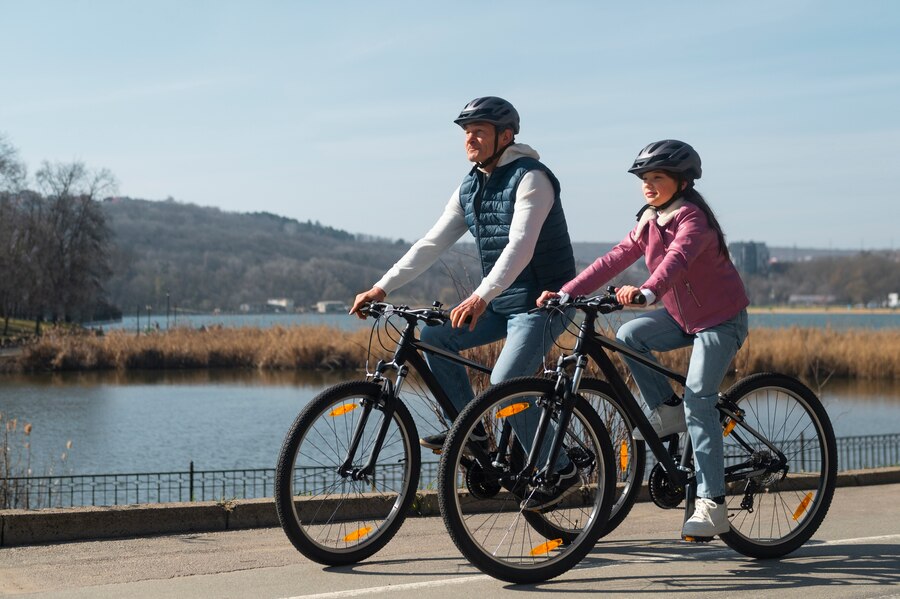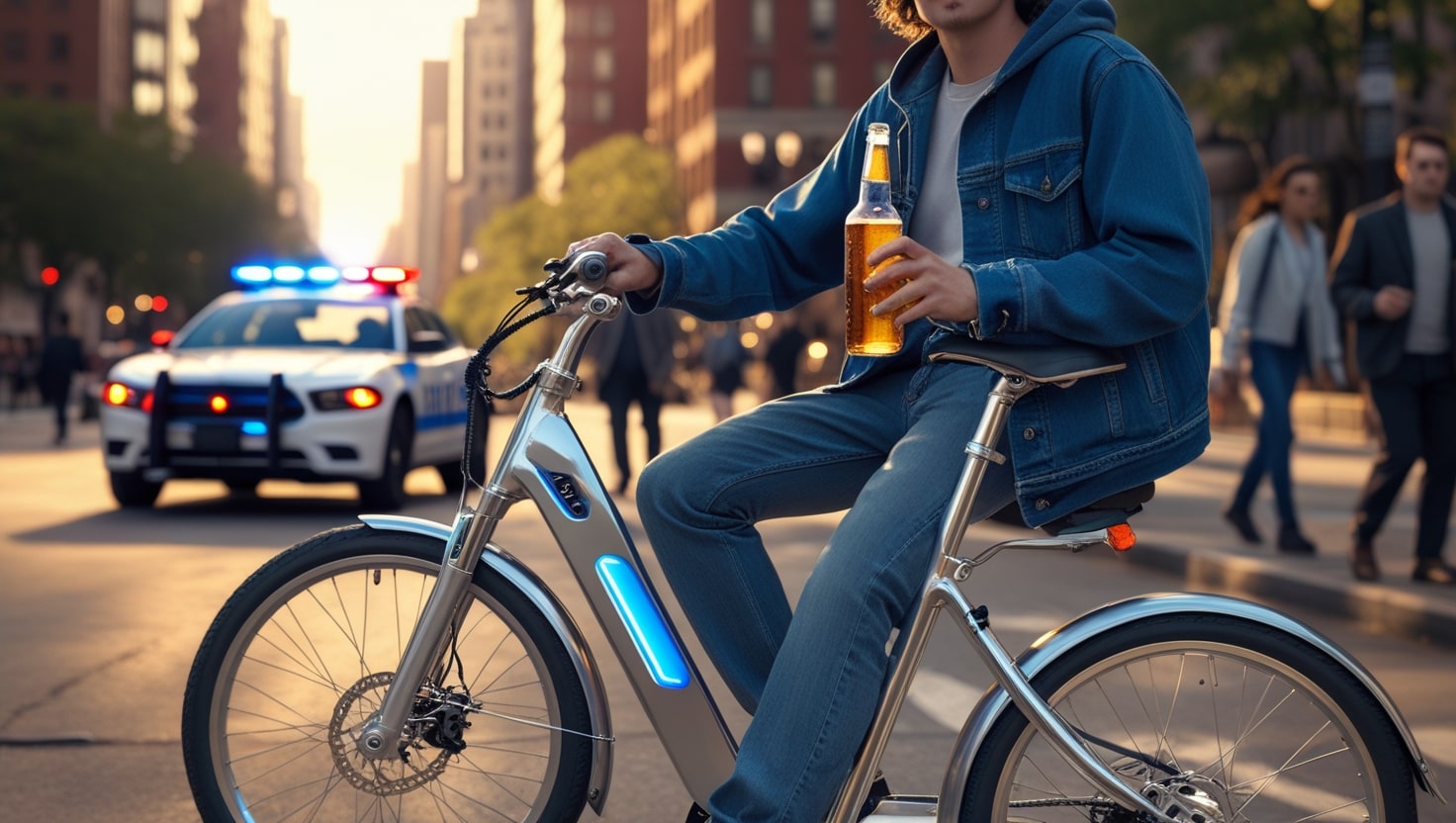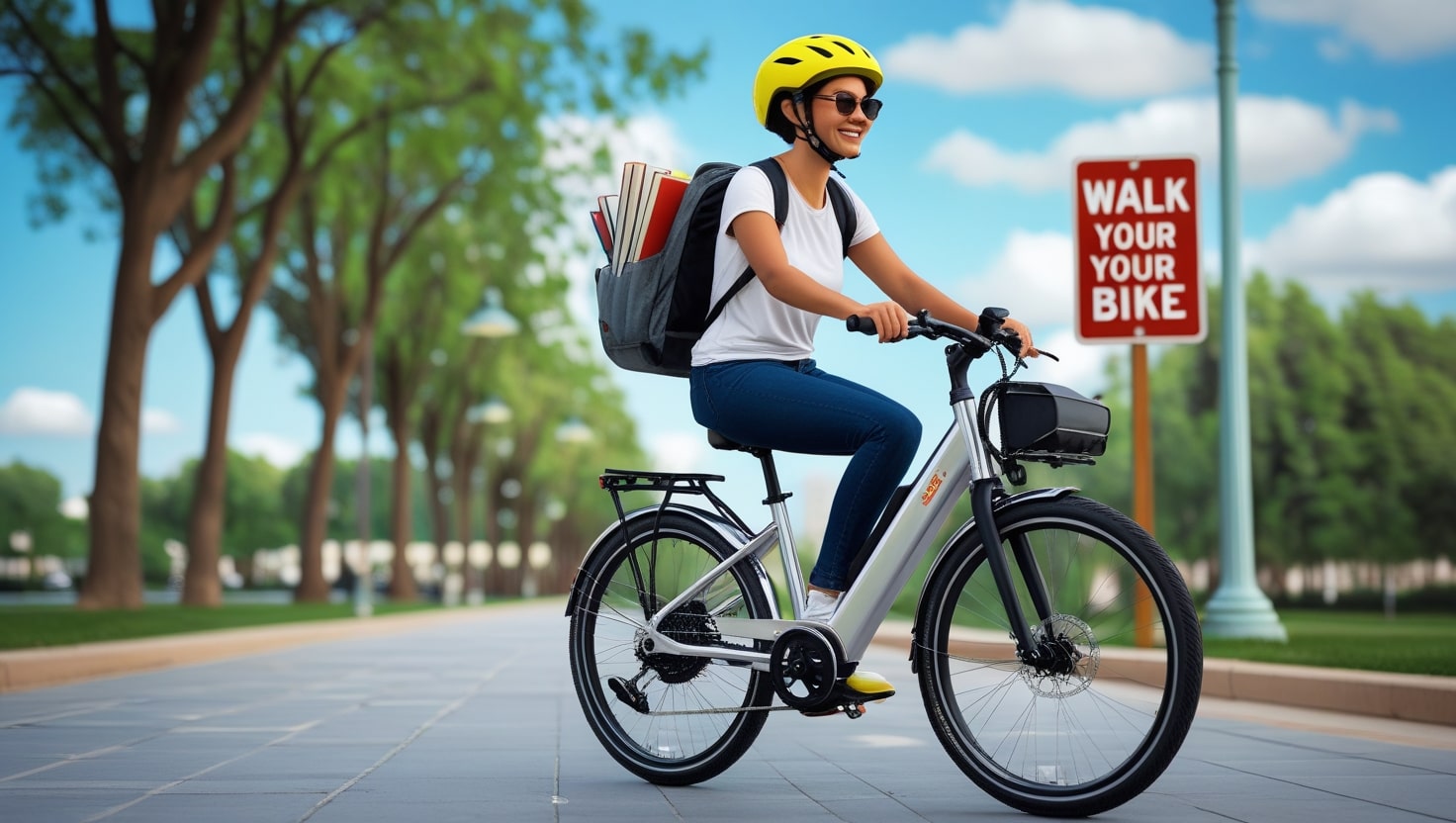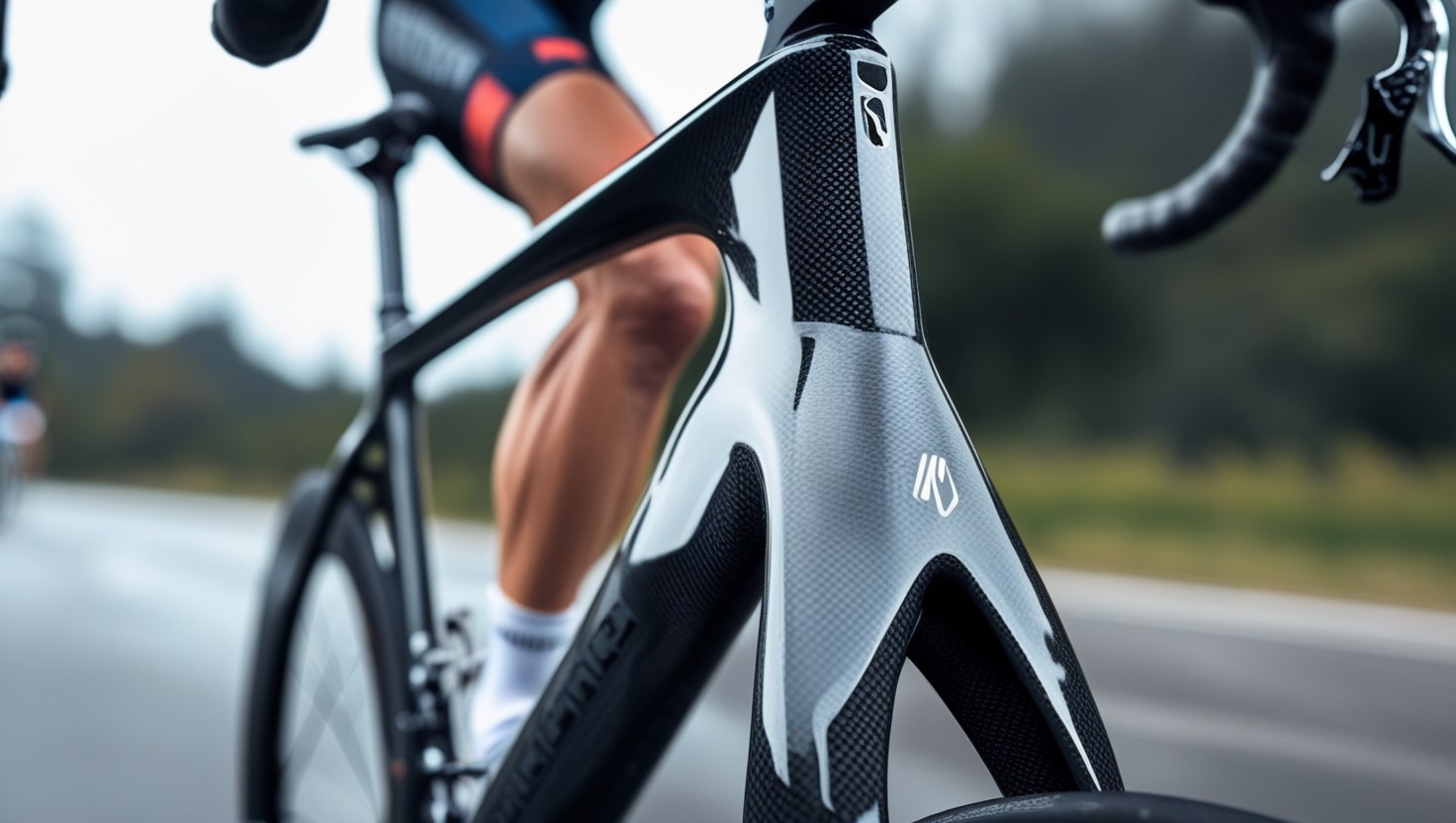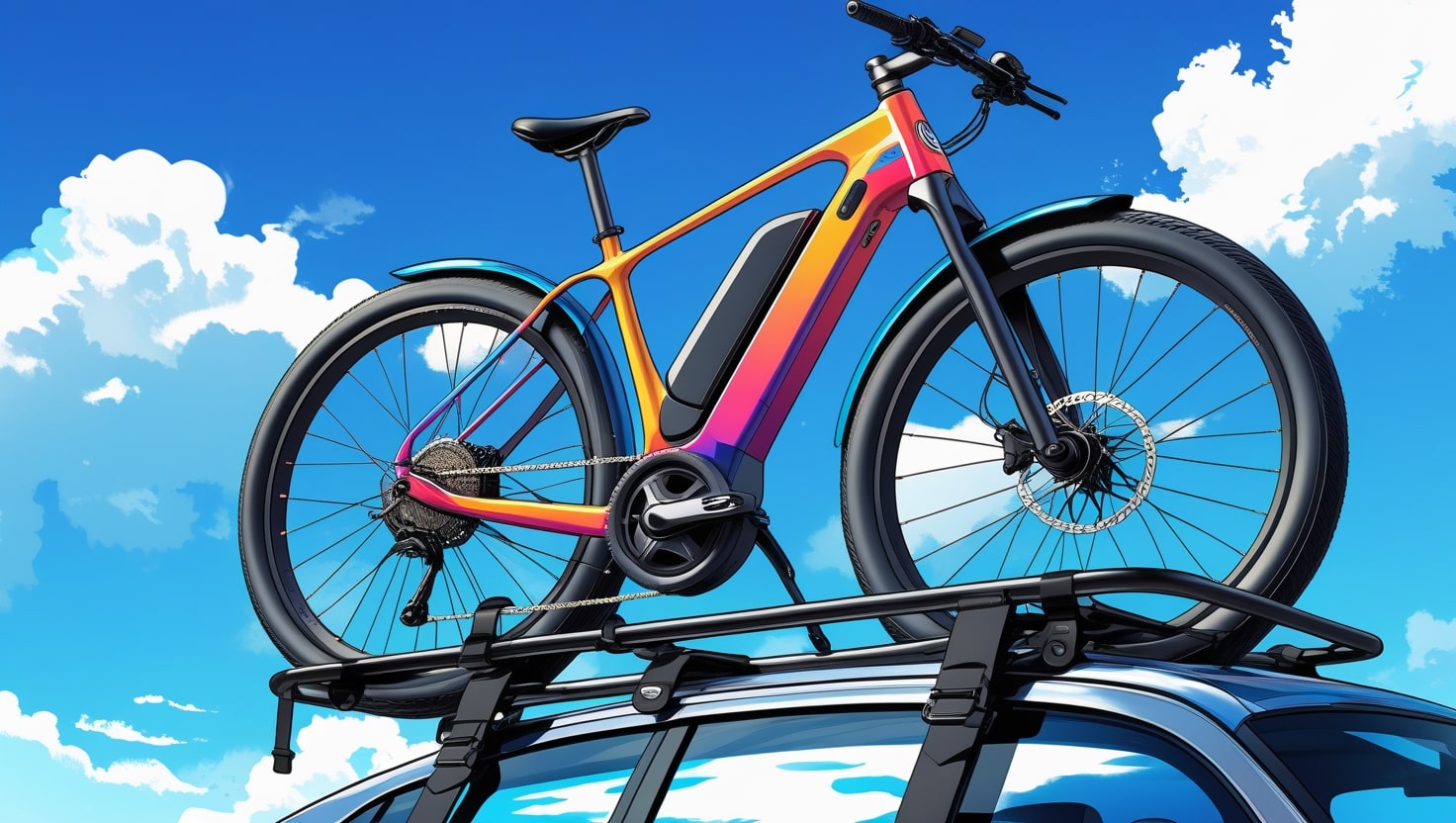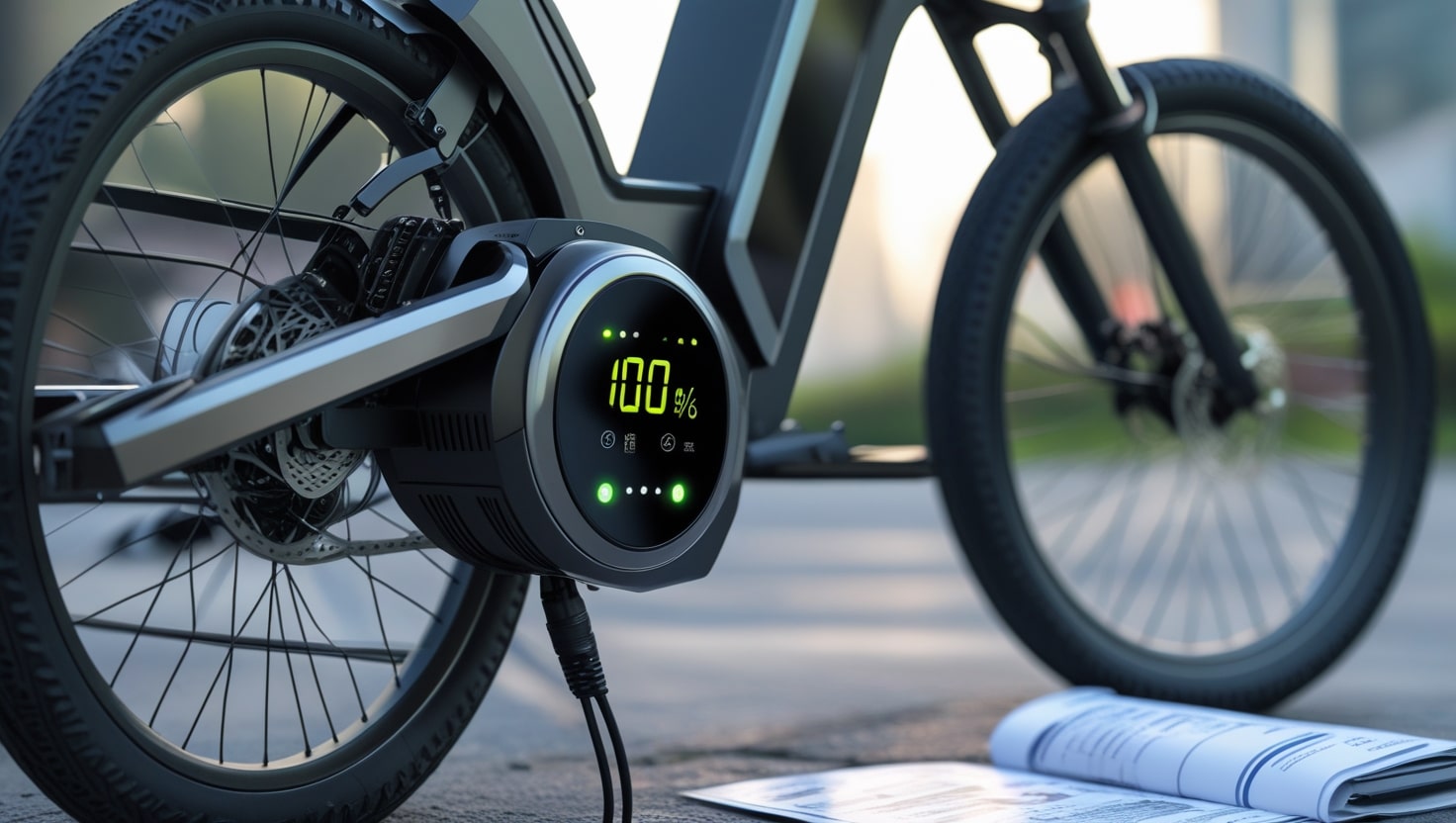Electric bikes are rapidly reshaping urban mobility across the United States, offering a greener and more enjoyable method of travel. In New Jersey, the growing popularity of e-bikes has led to clear regulations aimed at ensuring safety and accessibility for all riders. Whether you’re considering one for a daily commute or a fun way to recreate on the weekend, understanding New Jersey ebike laws is crucial. These laws provide a handy guide to avoid surprises, like the ticket book, and help you ride confidently.
However, New Jersey’s laws are often regarded as complex and, some say, even bad, reflecting challenges in keeping pace with the rapid adoption of electric bikes. The current framework is under constant review, with legislative changes anticipated to address gaps and improve clarity. Staying updated on these regulations ensures you’re always in compliance, allowing you to focus on the enjoyable aspects of this efficient way to navigate urban and suburban environments.
NEW JERSEY’S CLASS 1 AND 2 E-BIKE LAW FOR THE ROAD
» New Jersey classifies low-speed electric bicycles into two distinct classes:
Class 1: A bicycle equipped with a motor that provides assistance only when the rider is actively pedaling, and the support ceases when the e-bike reaches 20 mph.
Class 2: A bicycle with a throttle-actuated motor that can provide assistance but also ceases once the e-bike reaches 20 mph.
- Class 1 and Class 2 e-bikes are regulated in the same way as bicycles, following the same rules of the road as traditional bicycles.
- Both classes can ride on bicycle paths, but the local government may restrict where they are allowed to ride.
- Bicycles are not permitted on sidewalks meant for pedestrian use unless expressly allowed.
- Class 1 and Class 2 e-bikes are exempt from registration, licensing, and insurance requirements that apply to motor vehicles.
NEW JERSEY’S CLASS 3 E-BIKE LAW FOR THE ROAD
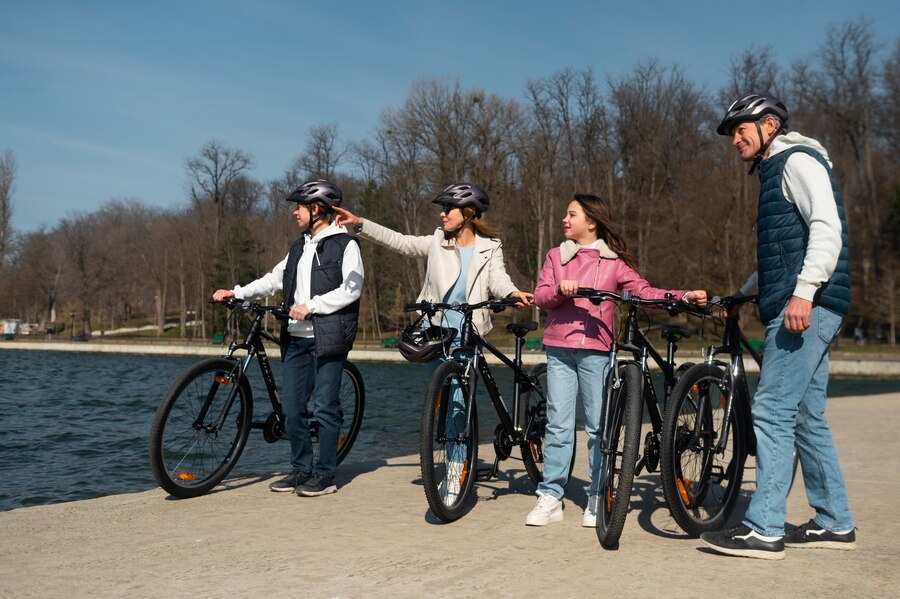
- Class 3 e-bikes are classified as motorized bicycles and are not subject to the same rules of the road as traditional bicycles.
- Riders of these bikes must carry an operator’s license and adhere to registration and insurance requirements.
- A 15-year age minimum applies to the use of motorized bicycles in the state.
NEW JERSEY E-BIKE LAWS FOR TRAILS
LOCAL: It’s essential to consult your local land management agency to understand specific trail access rules. Regulations may vary, so checking with local authorities ensures compliance and helps you enjoy your ride responsibly.
STATE: The New Jersey Department of Environmental Protection permits Class 1 and 2 e-bikes on improved multi-use trails where bikes are allowed. You can contact your local park manager or visit the park website for an updated list of trails. The department regularly updates its information, and organizations like PeopleForBikes are actively monitoring this policy to keep riders informed.
FEDERAL: On federal lands, there is relatively little land managed for recreation in New Jersey. However, eMTBs are treated as motorized vehicles and have access to designated motorized trails. Always verify access details for specific trails on federal lands to ensure compliance.
eMTB GUIDELINES
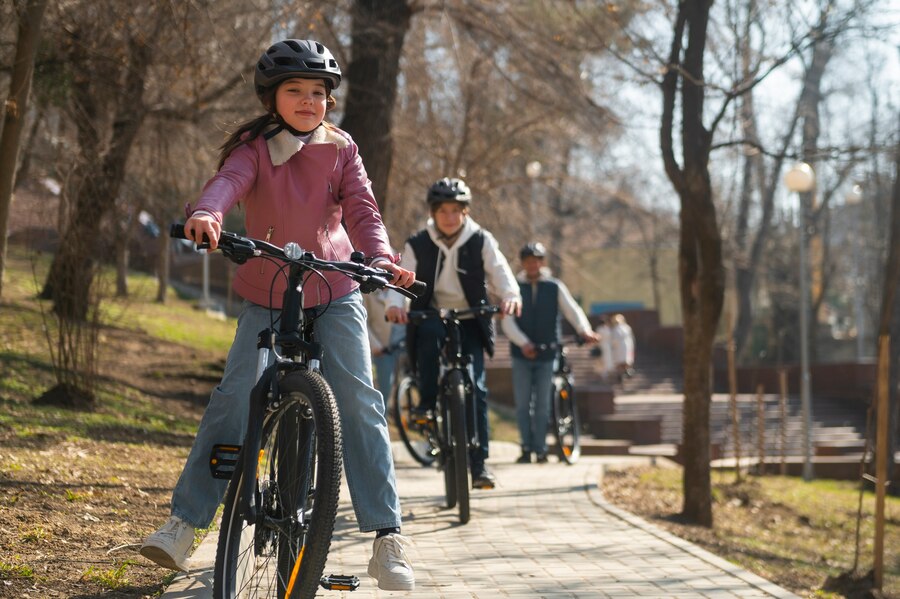
eMTBs have varying levels of access depending on the type of trail and the jurisdiction, including federal, state, county, and local trails. Riders should check access rules before heading out, as these can vary significantly.
Natural surface trails that are designated as open to both motorized and non-motorized uses are generally allowed for e-mountain bikes. However, certain trails managed for non-motorized activities may restrict eMTBs, so always verify local guidelines.
Avoid riding your eMTB in areas where rules are unclear. Stick to legally authorized trails to demonstrate that mountain bikers are responsible trail users and to support the growing acceptance of eMTBs in shared outdoor spaces.
If you’re in doubt, ask your local land manager about specific trails and whether eMTBs are permitted. This is especially important because local rules can change frequently, and staying informed helps you enjoy your ride responsibly.
GREAT eMTB RIDES IN NEW JERSEY
The Delaware River Gravel Ride in Hopewell Township is a must-try for riders looking for a longer adventure. This route spans an impressive 60 miles, offering scenic views and diverse terrain perfect for testing your eMTB.
For those seeking a shorter ride, the Pottersville Gravel Ride in Tewksbury is an excellent choice. At just 13.4 miles, it provides a mix of manageable distances and beautiful surroundings, ideal for beginners or quick trips.
Why are e-bikes Important?
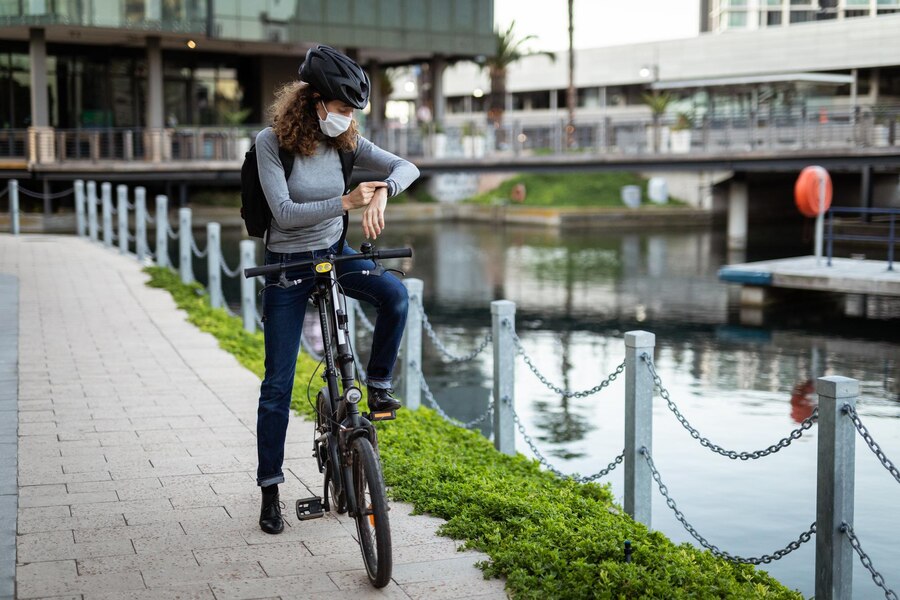
E-bikes are becoming increasingly popular as a modern mode of transportation, offering a way to help riders reach their destination faster and more conveniently than a traditional bicycle. They are especially appealing to users who face physical limitations due to age, fitness levels, injuries, or disabilities. For those without a driver’s license or who prefer not to drive a motor vehicle, e-bikes are a practical solution to navigate the road.
Beyond personal convenience, e-bikes offer financial and environmental benefits. They allow users to save on gas, parking, car payments, repairs, fees, and rideshare costs. They also play a role in carbon reduction goals, supporting sustainable travel options. Additionally, e-bikes provide valuable first-mile and last-mile connectivity to bus or train stations, making them an essential tool for improving urban mobility.
Low-Speed E-bikes
The rules for Class 1 and Class 2 low-speed e-bikes in New Jersey are quite similar to the laws governing traditional bicycles. Riders don’t need a license or registration at the state level, although some towns may offer registration. According to NJSA 39:4-14.16, you can ride your e-bike on bike lanes, streets, highways, and roadways, except where bicycle traffic is restricted by regulation. This ensures accessibility for e-bike users while maintaining safety standards.
Additionally, you are allowed to park your e-bike on the sidewalk as long as it does not obstruct pedestrian movement. Riders on the roadway have the same rights and responsibilities as motor vehicle drivers, as specified by NJSA 39:4-14.1.
Trail Use
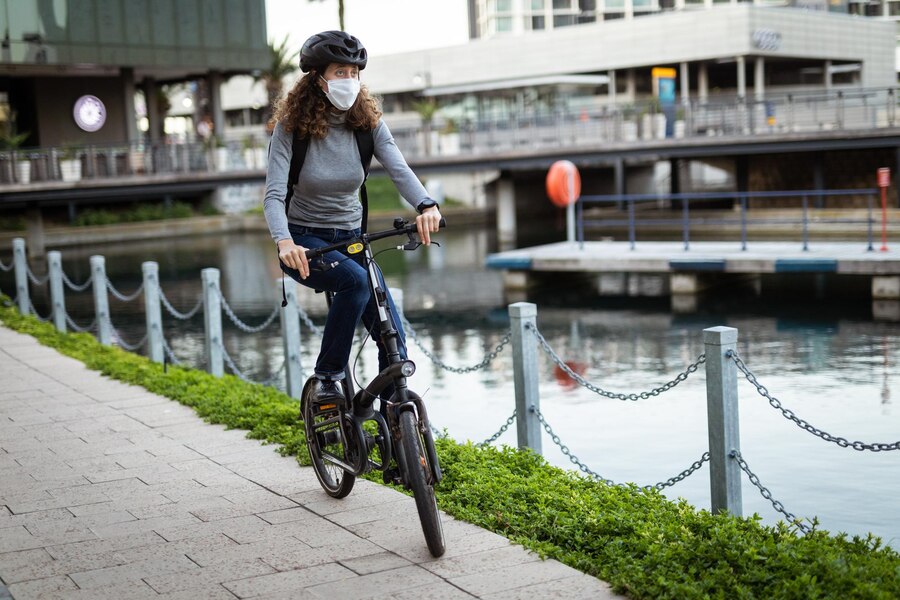
E-bikes have specific rules when operating on multi-use trails in New Jersey, and these vary by the type of trail. On natural surfaces like wood chips or bare earth, e-bikes are not permitted on trails designated for non-motorized vehicles, unless the owner of the facility, such as the local or county government, specifically allows them. Conversely, on paved bikeways and shared-use paths, e-bikes are generally permitted by default, provided traditional bikes are allowed, though local authorities may restrict their usage.
On state-managed facilities, the New Jersey Department of Environmental Protection allows Class 1 and Class 2 e-bikes on improved trails with hard surfaces like crushed stone or asphalt that are suitable for both e-bikes and traditional bicycles. Additionally, in national parks, e-bikes are allowed on trails open to pedal bicycles, with only minor exceptions.
New Jersey law allows local governments to impose restrictions on the use of Class 1 and Class 2 e-bikes, even on trails where pedal bikes are normally allowed. Therefore, it is very important to review local regulations and guidelines before riding. Before riding, visit the park website or contact local authorities to confirm where e-bikes are allowed, ensuring compliance and a smooth ride.
Related: Hawaii Ebike Laws Exposed
Helmet Use
Helmets are strongly recommended for all riders of e-bikes and bicycles, regardless of age, as these bikes can achieve higher speeds than traditional bicycles. For safety, helmets are mandatory for anyone under 17 years of age who is riding a bicycle or using other wheeled devices, such as skateboards and scooters. This rule also applies to passengers on bikes with more than one seat or being towed.
All helmets must be properly fitted and fastened, meeting the standards set by the American National Standards Institute or the Snell Memorial Foundation’s Standard for Protective Headgear for Use in Bicycling. This requirement is enforced under NJ Rev Stat § 39:4-10.1, ensuring a consistent approach to protecting riders of all kinds.
Transit Use
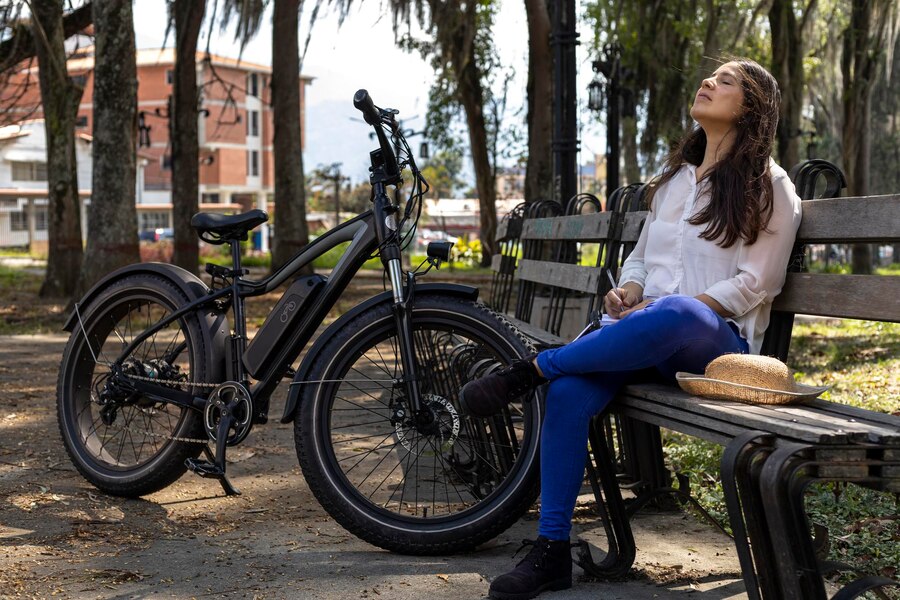
NJ Transit encourages riders to use low-speed micro-mobility devices like bicycles, e-bikes, e-scooters, segways, and hoverboards. You can bring these devices aboard NJ Transit vehicles, including rail, light rail, and buses. However, non-collapsible bikes are restricted during peak hours. There is no requirement for a permit to carry your e-bike, but charging electric vehicles onboard is strictly prohibited. For further details, you can visit the NJ Transit website.
While scooters and skateboards are not permitted on PATH trains between New Jersey and New York, traditional bicycles are allowed on PATCO trains between New Jersey and Pennsylvania, with no explicit mention of prohibiting e-bikes or e-scooters. Riders should plan their trip accordingly to ensure smooth transit.
Related: Florida Ebike Laws Exposed
Local Government E-bike Restrictions
Local municipal and county authorities have the power to restrict the areas where Class 1 and Class 2 e-bikes can be used. Below are some of the regulations regarding e-bikes in certain municipalities and trails in New Jersey.
1. Cape May:
Under Code 158-9, certain acts are prohibited on the boardwalk, promenade, beaches, and environs in Cape May. For example, no person is allowed to operate or park an e-bike or e-scooter in these areas at any time. However, human-operated bicycles are permitted during specified hours, providing limited access to these scenic locations.
From May 16 through September 14, referred to as the “in-season,” riding or parking a bicycle is only allowed on the boardwalk, promenade, and environs between 4:00 a.m. and 10:00 a.m.. Starting September 15 through May 15, during the “off-season,” these limitations on bicycles are no longer in effect, granting broader access throughout the winter months.
2. Hoboken:
According to Hoboken Municipal Code 190-62, low-speed electric vehicles are allowed on multi-use paths that are dedicated for exclusive use by pedestrians, human-powered vehicles, and low-speed electric vehicles. Users operating these vehicles must yield the right-of-way to any pedestrian to ensure safe and shared access to these pathways.
3. Lawrence Hopewell Trail
The Lawrence Hopewell Trail (LHT) is a multi-use trail spanning over 19 miles of pathway designed for bicyclists, walkers, hikers, and skaters. It passes through the townships of Lawrence and Hopewell, located in Mercer County, New Jersey. The LHT allows low-speed electric bikes and electric wheelchairs but strictly prohibits motorized vehicles, ensuring a safe and enjoyable experience for non-motorized users.
4. Middlesex Greenway
The Middlesex Greenway is a 3.5-mile rail trail that passes through Metuchen, Edison, and Woodbridge townships. While the greenway allows bikes, it strictly prohibits electric vehicles, including e-bikes and e-scooters, maintaining its focus on traditional, non-motorized transportation options.
5. Sea Isle City
In Sea Isle City, the use of traditional bicycles, low-speed electric bikes, scooters, motorized skateboards, and similar means of conveyance on the promenade and its approaches is prohibited from May 15 to September 15 each year, except during limited hours. These vehicles are allowed from 5:00 a.m. to 3:00 p.m. on weekdays and from 5:00 a.m. to 12:00 noon on Saturdays and Sundays, ensuring safe shared spaces during peak times.
The City Council also passed an ordinance in July 2022, imposing a strict 10 mph speed limit along the 1.5-mile promenade. This regulation aims to slow down e-bikes, scooters, and motorized skateboards, which can pose a danger to pedestrians.
6. Union City
In 2021, Union City updated its ordinance to include regulations for low-speed electric bikes and scooters. Below are the rules established by the city:
- Every person riding vehicles on a roadway is granted rights and is subject to duties similar to a driver of a vehicle, as outlined in Chapter 4 of Title 39 of the New Jersey Revised Statutes.
- A helmet is mandatory, and low-speed electric bicycles are not permitted on a sidewalk, except for children under 13 years of age.
- In a business district, no person, including those under 13, can ride a low-speed electric bicycle on a sidewalk between 9:00 a.m. and 9:00 p.m., or where signs prohibit such activity.
- Lights, reflectors, and a horn or bell are required for E-bikes, E-scooters, and Motor scooters, and operators must obey all traffic laws to ensure safety.
Summary
E-bike users in New Jersey enjoy the freedom to ride on bike lanes, shared-use paths, and most roadways, and can park their e-bikes on the sidewalk as long as it does not obstruct pedestrian movement. However, local rules and regulations may restrict the use of Class 1 and Class 2 e-bikes on certain trails or boardwalks, making it essential to stay informed about local laws in each municipality and county.
Riding through regions with varying regulations can be confusing and challenging, especially on long-distance trails that cross multiple municipalities. As e-bike sales continue soaring and environmental concerns over fossil fuel and carbon emissions keep growing, it is crucial to work together with local and county governments to develop consistent micromobility regulations that are beneficial for all.
FAQs
Do you need a license to drive an electric bike in New Jersey?
For Class 1 and Class 2 electric bikes, no license, registration, or insurance is required, making them accessible to a broad range of users. However, for Class 3 electric bikes, operators must be at least 15 years old and hold a valid operator’s license to ensure safe and responsible usage.
Can electric bikes be ridden on sidewalks in New Jersey?
Class 3 electric bikes are generally not permitted on sidewalks. For Class 1 and Class 2 e-bikes, it’s advisable to check local ordinances since regulations can vary by locality. Always ensure compliance with local rules before riding.
Are helmets required while riding an electric bike?
All riders under the age of 17 are required to wear a helmet, regardless of electric bike class. For those 17 and older, wearing a helmet is strongly recommended for safety, though it is not required by law.
Where can I ride my electric bike in New Jersey?
Class 1 and Class 2 e-bikes can be ridden on bike paths, streets, and highways where bicycles are allowed. However, Class 3 e-bikes are restricted from certain paths and trails, especially those designated for non-motorized use, so it’s important to check local rules before heading out.
What are the speed limits for electric bikes in New Jersey?
Class 1 and Class 2 e-bikes are capped at 20 mph, while Class 3 e-bikes can go up to 28 mph. It is important to always observe local speed regulations and ride responsibly to ensure safety for yourself and others.

